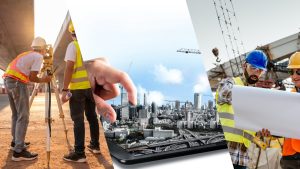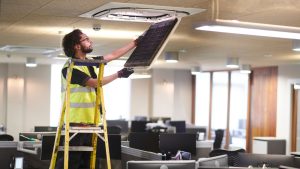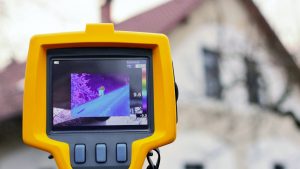The concept of Smart Cities dates back to the late 1990s, when IBM first introduced it as a visionary approach to urban development. Fast forward to 2016, when then Prime Minister Malcolm Turnbull unveiled Australia’s Smart Cities Plan, which included a $50 million grants program to help implement innovative technologies across the country. Since then, Australia has embraced this transformation enthusiastically, deploying ‘Smart Cities and Transportation’ solutions in central councils and cities. State capitals, along with regional centres like Karratha in Western Australia, Townsville in Queensland, and Broken Hill in New South Wales, have already rolled out various Smart Cities projects. Today, more than 80 such initiatives have been funded by the Australian government.
This article will look into the importance of implementing ‘Smart Cities and Transportation’ for Australia in the upcoming years.
This article will look into the importance of implementing ‘Smart Cities and Transportation’ for Australia in the upcoming years.
We will cover
- What are Smart Cities and Transportation Systems?
- Top Reasons Why Australia Needs Smart Cities and Transportation
- Improving Urban Mobility
- Optimising Infrastructure Use
- Promoting Digital Connectivity
- Reducing Environmental Impact
- Creating a Scaled-Up Disaster Management Ecosystem
3. From Industry 4.0 Technologies to Smart Cities and the Future of Transportation in Australia
What are Smart Cities and Transportation Systems?
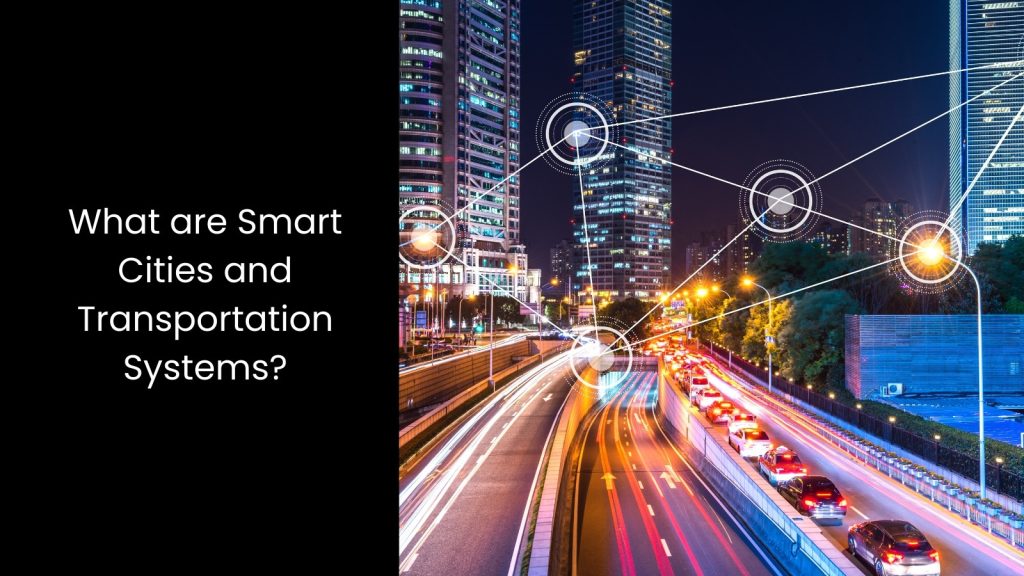
- Smart cities and intelligent transportation systems represent a modern approach to urban development and mobility powered by advanced technology and data.
- The primary difference is that these cities use digital tools, Internet of Things (IoT) devices, sensors, and real-time data to manage resources, improve public services, and enhance the quality of life for residents. As a crucial part of smart cities, intelligent transportation systems use data to optimise traffic flow, improve safety, and promote eco-friendly travel options like electric buses or ride-sharing services.
- If we consider the countries worldwide, including Australia, we can witness they have already recognised the importance of smart cities and intelligent transportation systems because they tackle critical urban challenges such as congestion, pollution, and ageing infrastructure. In today’s world, these systems become essential as cities face rising populations and environmental pressures. Smart cities create more sustainable, livable spaces by integrating green technologies and offering improved mobility, which not only makes daily commutes easier but also reduces carbon emissions and energy use.
- On the urban planning front, smart cities can streamline development by providing city planners with data-driven insights, which allow them to make informed decisions on infrastructure and growth. As this unique concept integrates technologies like predictive analytics and AI, these cities can anticipate future needs and adjust accordingly.
Top Reasons Why Australia Needs Smart Cities and Transportation
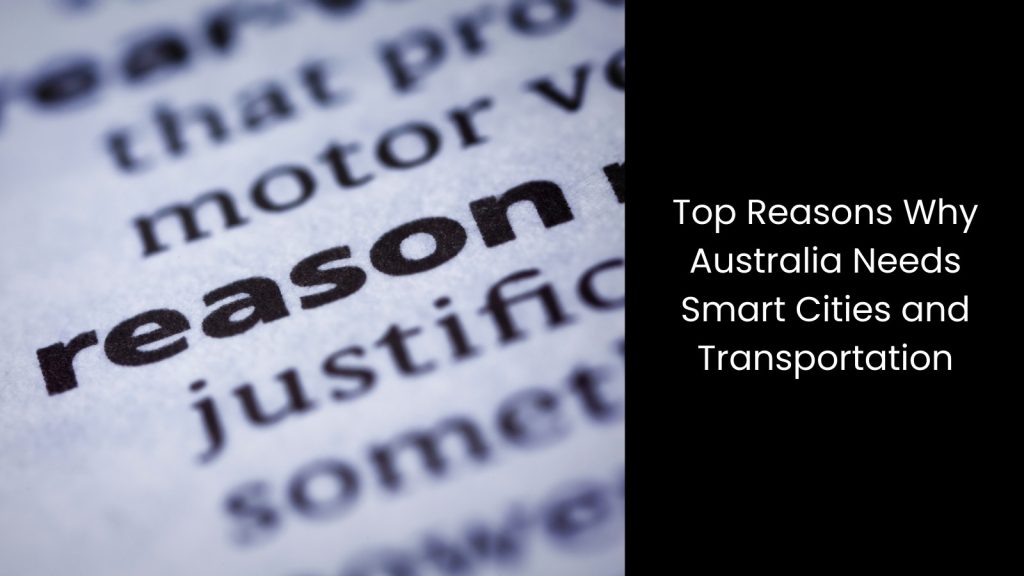
Improving Urban Mobility
Did you know that Australia’s major cities rank among the most congested in the world, with traffic delays costing billions each year?
It has become a challenge to tackle this. This is why Australia mainly focuses on embracing the concept of smart cities and the future of transportation to create a more efficient and sustainable urban mobility network.
Smart cities rely on advanced technology, like Internet of Things (IoT) devices, sensors, and real-time data analysis, as we mentioned above, to improve traffic flow, reduce travel times, and make commuting safer and more convenient. When implementing intelligent transportation systems, Australia can optimise public transportation networks, making buses, trains, and trams more reliable and accessible.
For example, smart traffic lights can adapt to real-time traffic conditions, allowing faster peak-hour movement and reducing congestion in crowded areas. This concept also supports electric vehicles (EVs) by integrating EV charging stations into urban infrastructure, which encourages cleaner, eco-friendly travel. Additionally, Australia can use digital tools to promote shared mobility options, such as car-sharing and bike-sharing, which help reduce the number of private vehicles on the road.
Likewise, Australia’s concentration on smart cities and the future of transportation will also enhance safety by using data-driven insights to monitor roads and identify high-risk areas, allowing cities to take proactive measures to prevent accidents.
It has become a challenge to tackle this. This is why Australia mainly focuses on embracing the concept of smart cities and the future of transportation to create a more efficient and sustainable urban mobility network.
Smart cities rely on advanced technology, like Internet of Things (IoT) devices, sensors, and real-time data analysis, as we mentioned above, to improve traffic flow, reduce travel times, and make commuting safer and more convenient. When implementing intelligent transportation systems, Australia can optimise public transportation networks, making buses, trains, and trams more reliable and accessible.
For example, smart traffic lights can adapt to real-time traffic conditions, allowing faster peak-hour movement and reducing congestion in crowded areas. This concept also supports electric vehicles (EVs) by integrating EV charging stations into urban infrastructure, which encourages cleaner, eco-friendly travel. Additionally, Australia can use digital tools to promote shared mobility options, such as car-sharing and bike-sharing, which help reduce the number of private vehicles on the road.
Likewise, Australia’s concentration on smart cities and the future of transportation will also enhance safety by using data-driven insights to monitor roads and identify high-risk areas, allowing cities to take proactive measures to prevent accidents.
Optimising Infrastructure Use
Australia proudly presents their mega infrastructure projects like the Sydney Harbour Bridge, Melbourne’s Metro Tunnel, and the WestConnex motorway. The best part of this is that authorities can maximise the potential of these and other assets through smart cities and transportation initiatives.
Australia tends to embrace smart cities and intelligent transportation systems, so it can optimise infrastructure use and enhance urban efficiency. Smart technology allows cities to collect and analyse real-time data from roads, bridges, public transport, and utilities, which helps them manage infrastructure more effectively.
For instance, with IoT sensors placed on bridges or tunnels, cities can monitor the condition of these structures 24/7. If the system detects any unusual activity, like increased vibrations or structural stress, engineers receive instant alerts, allowing them to carry out maintenance before issues become costly or dangerous. In public transportation, smart cities and transportation technology can adjust services based on demand, ensuring that buses, trains, and trams run more frequently during peak hours and scale down during quieter times, which saves energy and reduces unnecessary wear on vehicles.
When they use data from smart cities, urban planners can also identify the most heavily trafficked areas and make better decisions about where to allocate resources, add bike lanes, or improve pedestrian paths, ultimately extending the life of the infrastructure. This way, Australia not only improves infrastructure performance but also saves taxpayer money and reduces environmental impact.
Australia tends to embrace smart cities and intelligent transportation systems, so it can optimise infrastructure use and enhance urban efficiency. Smart technology allows cities to collect and analyse real-time data from roads, bridges, public transport, and utilities, which helps them manage infrastructure more effectively.
For instance, with IoT sensors placed on bridges or tunnels, cities can monitor the condition of these structures 24/7. If the system detects any unusual activity, like increased vibrations or structural stress, engineers receive instant alerts, allowing them to carry out maintenance before issues become costly or dangerous. In public transportation, smart cities and transportation technology can adjust services based on demand, ensuring that buses, trains, and trams run more frequently during peak hours and scale down during quieter times, which saves energy and reduces unnecessary wear on vehicles.
When they use data from smart cities, urban planners can also identify the most heavily trafficked areas and make better decisions about where to allocate resources, add bike lanes, or improve pedestrian paths, ultimately extending the life of the infrastructure. This way, Australia not only improves infrastructure performance but also saves taxpayer money and reduces environmental impact.
Promoting Digital Connectivity
Australia can indeed achieve their dream of establishing a digitally connected nation if it implements smart cities and transportation systems to boost digital connectivity across its urban areas, driving progress and enhancing daily life.
It is common knowledge that smart cities support high-speed internet and smart grids, digitally connecting citizens, businesses, and government services, which back up innovation and economic opportunity. If they can integrate advanced communication networks and smart infrastructure, Australia can create a more connected society.
This digital connectivity also extends to essential services, like public safety and health care, making emergency response faster and more coordinated.
Through smart cities and transportation systems, Australia builds an environment where digital services are accessible, from remote work options to e-government services, strengthening the nation’s digital infrastructure.
It is common knowledge that smart cities support high-speed internet and smart grids, digitally connecting citizens, businesses, and government services, which back up innovation and economic opportunity. If they can integrate advanced communication networks and smart infrastructure, Australia can create a more connected society.
This digital connectivity also extends to essential services, like public safety and health care, making emergency response faster and more coordinated.
Through smart cities and transportation systems, Australia builds an environment where digital services are accessible, from remote work options to e-government services, strengthening the nation’s digital infrastructure.
Reducing Environmental Impact
Now let us walk you through the way this nation can employ smart cities and transportation concepts to lower its environmental impact and work towards a greener future.
As mentioned before, integrating eco-friendly transport options like electric vehicles and renewable energy sources in smart cities helps reduce carbon emissions, supporting Australia’s sustainability goals. By building EV charging stations across cities and promoting clean public transport options, Australia encourages citizens to choose greener travel methods.
On the other hand, smart traffic systems, which adjust signals in real time to ease congestion, also reduce car idling time, cutting down on emissions. Plus, renewable energy sources like solar and wind can power everything from streetlights to EV chargers, reducing reliance on fossil fuels.
As you can see, with these innovations, Australia builds strong links between sustainability and transportation in smart cities, making eco-friendly choices easier and more accessible for everyone.
As mentioned before, integrating eco-friendly transport options like electric vehicles and renewable energy sources in smart cities helps reduce carbon emissions, supporting Australia’s sustainability goals. By building EV charging stations across cities and promoting clean public transport options, Australia encourages citizens to choose greener travel methods.
On the other hand, smart traffic systems, which adjust signals in real time to ease congestion, also reduce car idling time, cutting down on emissions. Plus, renewable energy sources like solar and wind can power everything from streetlights to EV chargers, reducing reliance on fossil fuels.
As you can see, with these innovations, Australia builds strong links between sustainability and transportation in smart cities, making eco-friendly choices easier and more accessible for everyone.
Creating a Scaled-Up Disaster Management Ecosystem
Australian authorities need a strong disaster management ecosystem because of frequent extreme weather events.
This is where smart cities and intelligent transportation systems offer a powerful solution by using technology to improve how Australia prepares for and responds to disasters.
Smart cities use predictive data analysis and smart infrastructure to effectively manage natural disasters, enhancing resilience against these hazards.
Through sensors and IoT devices, cities can monitor weather patterns, river levels, and fire risks in real time. This will give emergency teams early warnings. Intelligent transportation systems also play a critical role, as they adjust traffic signals and suggest alternative routes to speed up evacuations.
This is where smart cities and intelligent transportation systems offer a powerful solution by using technology to improve how Australia prepares for and responds to disasters.
Smart cities use predictive data analysis and smart infrastructure to effectively manage natural disasters, enhancing resilience against these hazards.
Through sensors and IoT devices, cities can monitor weather patterns, river levels, and fire risks in real time. This will give emergency teams early warnings. Intelligent transportation systems also play a critical role, as they adjust traffic signals and suggest alternative routes to speed up evacuations.
From Industry 4.0 Technologies to Smart Cities and the Future of Transportation in Australia
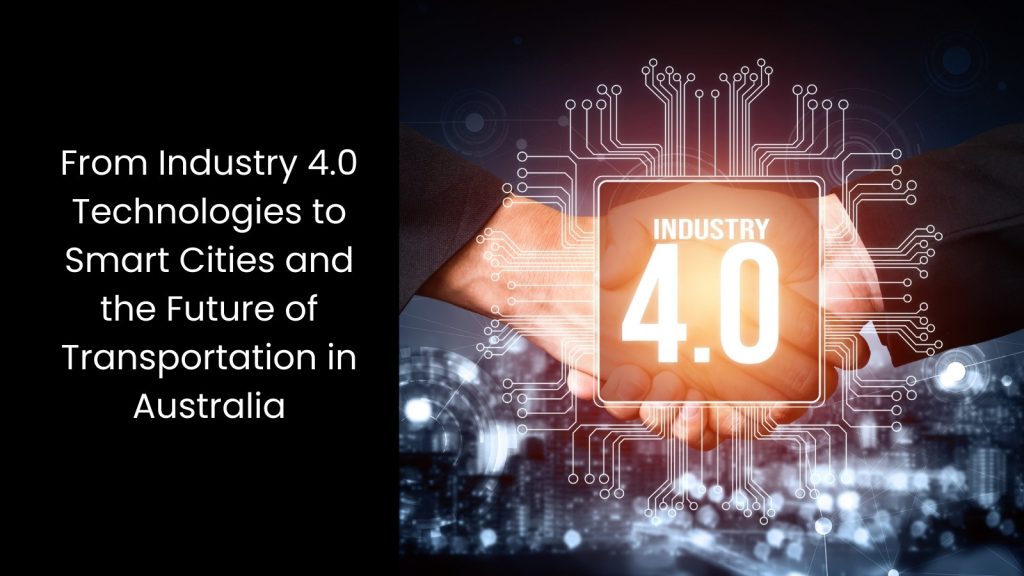
Australia’s journey toward smart cities and advanced transportation relies on embracing Industry 4.0. By integrating AI, IoT, and data analytics, Australia can not only build smarter infrastructure but enhance lives. Another way to embrace the power of these Industry 4.0 capabilities is by opting for an advanced Transportation Asset Management System developed by a reputed software supplier. With just one click, a fusion of Industry 4.0 powers will stream to your screen.

